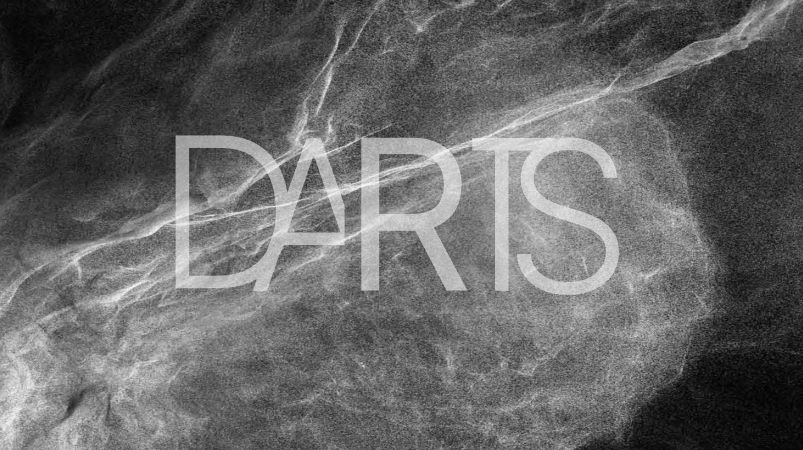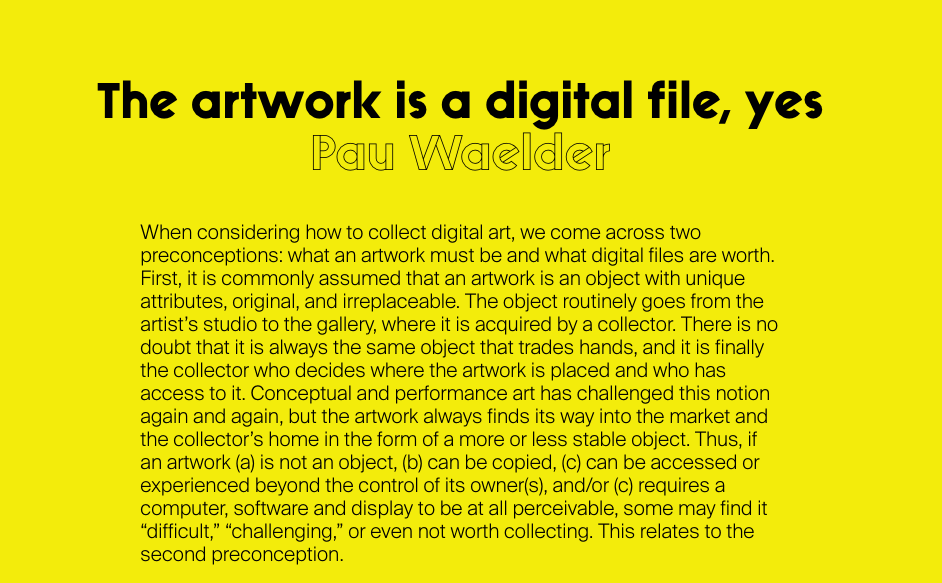“A Companion to the Gangster Film” (Wiley-Blackwell, 2018).
Ana Rodríguez-Granell participates in this book with the chapter “When Criticism Meets Gangster Films: The Spiv Cycle as Oppositional Aesthetics in Postwar Britain” This paper focuses on an […]


